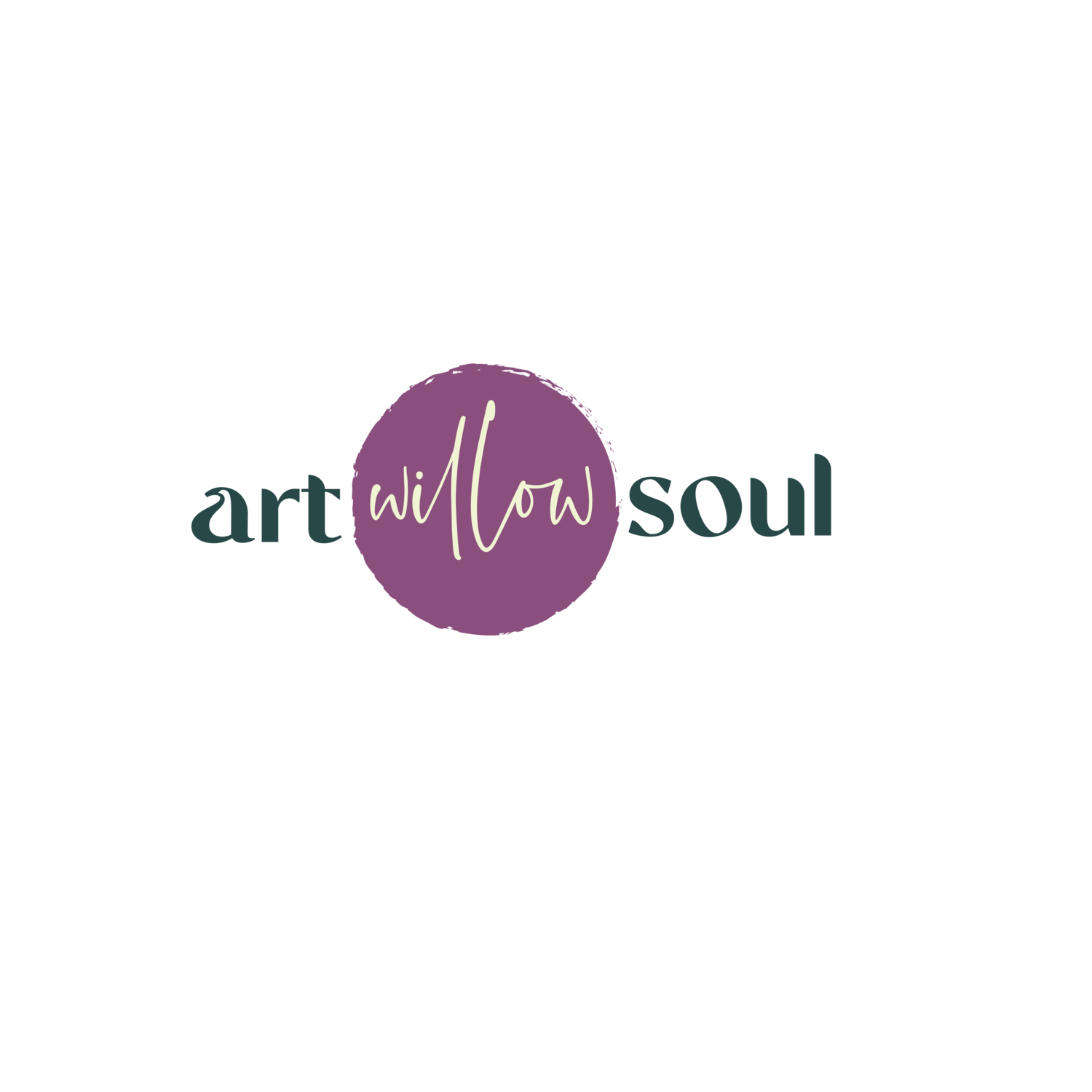Reiki One is the first level in the practice of Reiki, a form of energy healing that originated in Japan in the early 20th century. Reiki (pronounced "ray-key") is a Japanese word that translates to "universal life energy." The practice is based on the idea that this life energy flows through all living things, and that imbalances or blockages in this energy can lead to physical, emotional, mental, and spiritual issues.
What is Reiki One?
Reiki One, also known as the First Degree or Shoden in Japanese, is the entry-level course for learning Reiki. It primarily focuses on self-healing and the healing of others through direct touch. The training includes the following components:
1. Four Attunements (Reiju or Empowerment):
- The Reiki One course includes four attunement ceremonies, where a Reiki Master opens the student's energy channels to allow them to connect more deeply with the universal life energy. This process is believed to permanently raise the student's energy vibration and make them a conduit for Reiki energy.
2. History and Principles of Reiki:
- Students learn about the origins of Reiki, including Mikao Usui who refound Reiki, and the basic principles that guide the practice. These principles include:
- Just for today, do not anger.
- Just for today, do not worry.
- Be grateful.
- Work diligently.
- Be kind to others.
3. Hand Positions and Techniques:
- Reiki One students are taught specific hand positions for self-healing and for treating others. These hand positions cover the major energy centers (or chakras) of the body, and the student learns how to channel Reiki energy through their hands to these areas.
4. Self-Healing Practices:
- A significant focus of Reiki One is on self-care. Students practice using Reiki on themselves to balance their own energy and promote personal well-being.
5. Introduction to Treating Others:
- Although Reiki One is primarily about self-healing, students are also introduced to the basics of giving Reiki to others. This includes learning how to set intentions, maintain a focused state of mind, and create a safe and healing environment.
6. Ethics and Mindset:
- Reiki One emphasizes the importance of a compassionate and ethical approach to healing. Practitioners are encouraged to develop a mindset of service, humility, and respect for the healing process.
What Can You Do After Reiki One?
After completing Reiki One, practitioners are equipped to perform Reiki on themselves and others through direct contact. The focus at this level is usually on practising and integrating Reiki into daily life. While the healing energy is said to flow automatically once the practitioner is attuned, it's common to practice regularly to become more confident and skilled.
Many people who complete Reiki One continue to use it as a personal tool for self-care, stress reduction, and overall well-being. Some may choose to advance to Reiki Two (Second Degree) to deepen their practice, learn distance healing, and explore the use of Reiki symbols.
Is Reiki One Right for You?
Reiki One is suitable for anyone interested in energy healing, self-improvement, or spiritual growth. It requires no prior knowledge or experience, making it accessible to people of all backgrounds. The benefits of Reiki One often include increased relaxation, reduced stress, greater emotional balance, and a sense of connection to a larger, universal energy.
Overall, Reiki One is the foundational step in a journey that can lead to profound personal healing and the ability to help others on their healing journeys.
